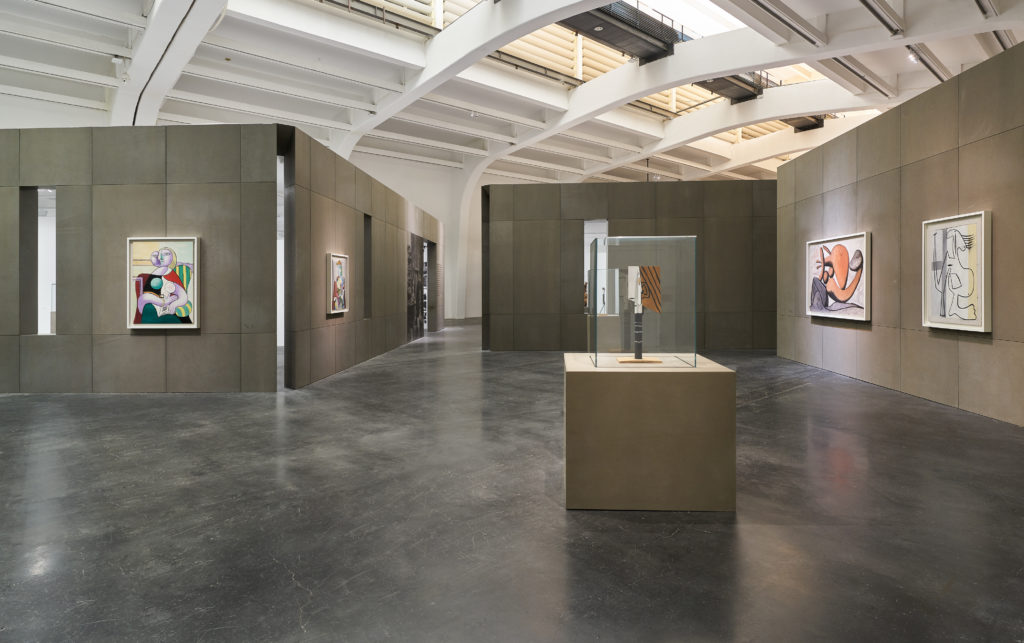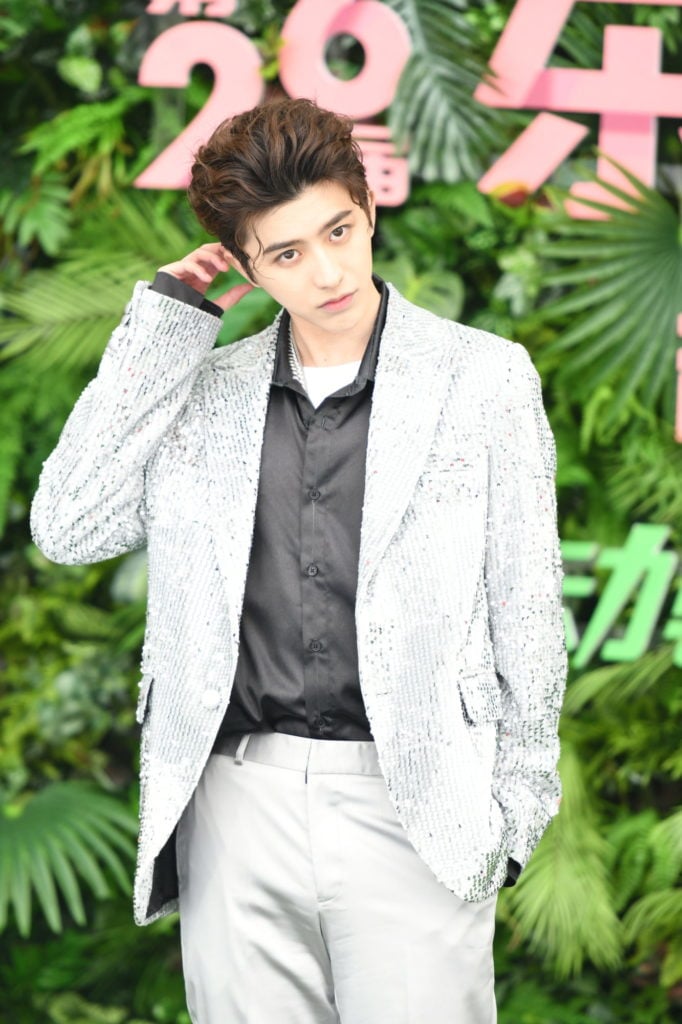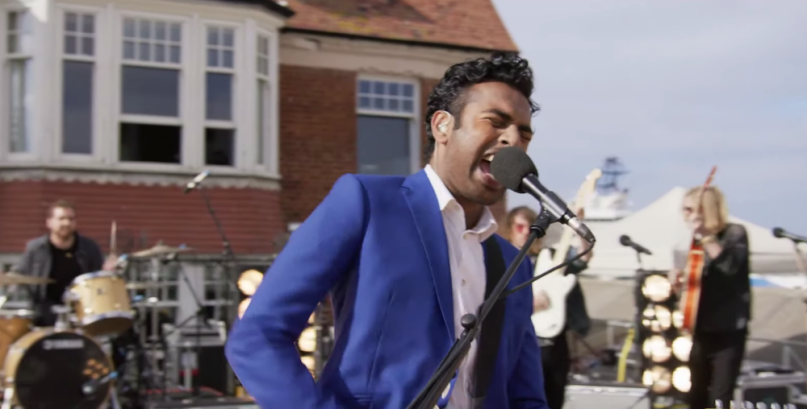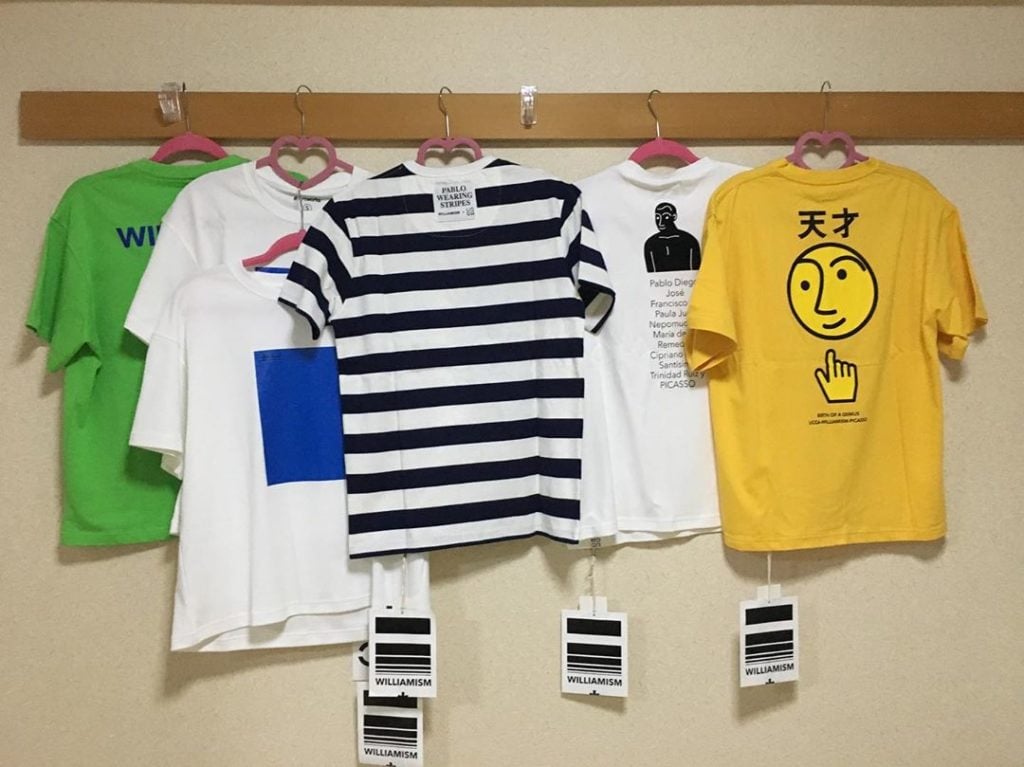The Big Interview
UCCA Director Philip Tinari on Why China’s First Big Picasso Show Could Inaugurate a New Era of Museum Blockbusters
The possibilities are really kind of breathtaking.

The possibilities are really kind of breathtaking.

Andrew Goldstein

Ever since “Treasures of Tutankhamun” became the first blockbuster museum show, drawing mile-long lines when it toured to the Metropolitan Museum of Art in 1978, museum directors have been ravenous for exhibitions capable of replicating its phenomenal success. Luckily for them, there is a tried-and-true formula for begetting blockbusters: find an impressively encompassing group of works relating to an artist or historical figure with kitchen-table name recognition—and, ideally, an operatic biography—and bring it to your institution from a distant land. Oh, and make sure it has a modicum of novelty. There is a refractory period that must be observed before trotting out yet another Picasso show to the same audience.
Now imagine there was a land, full of people interested in art, that hasn’t had a major Frida Kahlo show. Or a Basquiat show. Or a Magritte show. Or even a Picasso show. That was the situation in China, until Beijing’s UCCA Center for Contemporary Art rolled out a sprawling Picasso survey this summer, unleashing more than a hundred historic works by that paradigmatic Western artist upon an audience that had never seen such an array in their home city—and who, more or less predictably, lined up in droves to buy tickets.
The success of “Picasso – Birth of a Genius,” which UCCA director Philip Tinari brought to Beijing from France’s Musée national Picasso-Paris, is a milestone in the history of Western art in China, and suggests a heady future for exhibitions in the country that are able to import significant work by the West’s murderer’s row of famous and extraordinarily well-branded historic artists. In the second half of a two-part interview, artnet News’s Andrew Goldstein spoke to Tinari about why his Picasso show worked out so well, and where things go from here.

An installation view of the UCCA’s Picasso exhibition. Photo courtesy of the UCCA.
What has the reception been like? Have there been any pronouncements from critics or think pieces about what the show means?
A little bit. One painter, Chen Danqing, wrote a piece about his relationship to Picasso that was not really critical, but asked a lot of questions about how we decide what is valuable and so forth. We’ve been able to play it straight in a way, because the biggest selling point of the show is that these are real works of art—that they’re authentic Picassos, and that there are so many of them. Most of our posters just say, like, “103 Real Works by Picasso.”
Is that so rare for a museum exhibition, to have real artworks from abroad?
A little bit, because you have a lot of rather unscrupulous exhibition-making where you have these multimedia immersive extravaganzas—there’s a Van Gogh multimedia experience at the National Museum of China at the same time as our show. For me, and for us as an institution, we’re on the side of offering something that’s more educational than pure spectacle. So a lot of the reaction we’ve been getting centers on the joy of looking at actual objects close up. We were careful to put few obstacles between the viewers and the works. It can get crowded in there sometimes, and of course there’s adequate security, but it gives people a chance to really look. So many of the posts that people have been putting on social media are just endless scrolls of details—it’s really about visual pleasure.
Often in Chinese museums I’ve noticed signs all over the place that say “do not touch.” Is that not necessary?
It’s not really necessary. We have lines to get close to the artworks, and there are beeping proximity sensors for some pieces, but it’s mostly just manual security. A big burden for the show was finding four or five times as much security as we normally would have, but it makes for a fairly positive experience.
The other funny phenomenon that we never had before is that unaffiliated tour guides have been selling their services on travel websites and leading groups on their own. It’s not something we anticipated, and, as much as people think of China as sort of repressive, these ordinary consumers have plenty of rights. It’s not really possible for us to suddenly say that you can’t give a tour.
Speaking of tours, you engaged a Chinese pop star to provide an audio tour for the show. Who is he, and how did that come about?
We engaged a number of different celebrity-type figures to promote the show. We have one movie actress who’s the spokesperson for our family programming, because that’s a target demographic for us. And then the pop star is KUN, or Cai Xukun. His fan base is really young—they’re basically tweens and teens—but he’s come to our shows before and wants to be seen as engaging more with art. He’s not collecting yet, but who knows.

Singer Cai Xukun of boy group Nine Percent poses on the red carpet of the 26th ERC Chinese Top Ten Awards on March 25, 2019 in Shanghai. (Photo by Visual China Group via Getty Images/Visual China Group via Getty Images)
How did he craft his tour?
We actually just had him read our script. I don’t think he’s quite ready to engage on his own yet.
So the response has been really positive. You said it’s rare to have a Modern show like this in China, but here in New York, it’s pretty much the bread and butter of museums. Is that a direction you want to venture into further?
I think there’s definitely space for Modern shows and for other blockbuster exhibitions that have serious historical content but also broad appeal. So I do see us doing more shows like this, especially during the summer, when the school holidays are abbreviated and the humidity levels are more consistent. I’ve been running around trying to line some more up, though nothing is quite public yet.
There was a major Cindy Sherman survey at the Fosun Foundation in Shanghai a year ago, and I thought that was an interesting choice because, while she is a famous and important artist, her self-portraits essentially consist of images of a white woman taking on various roles. There was a study recently by students a Yale’s medical school that suggested that when people enter a space filled with portraits that don’t look like them, they feel unwelcome. Is this an issue for shows of Western art in China—the fact that so much of it centers on white people? Picasso’s portraits are obviously much more abstracted, but was that something you considered?
With Picasso, it goes down to line, to mythology, and to these scene-setting devices we created in the show. But we do think about how not to make things too exotic or too foreign for the audience.
It would seem, based on the success of your exhibition, that these kinds of shows of classic Western art could be fertile ground for future blockbusters. Where do you want to go next?
I would love to do shows that tell the stories of the collections of some great museums of the world. I think there’s a lot of hunger for that right now, and that’s a way to represent many different artists under one concept. They don’t all necessarily have to be Modern. I think there are some great shows to be done around Pop, around the ‘80s. You have to understand, so many of the key figures have never really been shown in China. There hasn’t been a real Matisse show. There hasn’t been a real show of Magritte.

A scene from Danny Boyle’s movie Yesterday. Courtesy of Universal.
What you’re saying reminds me about this new movie, Yesterday, where this guy gets into a car accident during this freak lightening storm and, when he wakes up, everybody in the world has forgotten about the Beatles except for him. So he starts singing Beatles songs from memory, and everybody’s like, “How are you such a genius? This is the greatest music I’ve ever heard.” It’s amazing to think of China as a place where all the obvious blockbusters haven’t been done before, where they wouldn’t be boring or tired or old hat. I mean, a Magritte show? That would just seem like a slam dunk.
Let’s not give everybody else the idea. I definitely think it’s a compelling addition to our remit. To be totally honest, these kinds of historical shows could go a long way in terms of the financial sustainability of an institution. We’re light enough that a show with a big ticketing draw actually can help a lot. This Picasso show has basically made back its costs and also can help us fund other things. You do have to be a little careful about the way these kinds of shows can be addictive, but there’s a lot to be done.
An interesting twist to this, too, comes down to the role of private museums—even though I’ve never liked the term “private museum” in relation to UCCA, because it sounds like a place that displays someone’s private collection, which we are not. We’re privately chartered, but we’re very much geared to function as a public art institution in that we are centered on our public. On the other hand, the international exhibitions that come to the state museums tend to be organized more out of diplomatic considerations, like the anniversary of the founding of relations between China and country X.
The state institutions are not generally programming with the viewers at the front of their thinking. When people come to our shows, they get a show that was created for them. That’s going to be our differentiating element.
How have contemporary artists in Beijing been engaging with the show? Do you think all these Picasso works could have an impact on art being made in China?
We’ve done a lot to engage the artist community, with multiple artist nights where we invite them to see the show. But I’m not sure we’ll know that right away. You have to hope that it’s still possible to do the kind of programming that leaves a mark, and that becomes part of the collective memory and the art-historical narrative of a place—that when people look back in 30 years, maybe they’ll think of this show as one of the key instances of artistic exchange of this period.
Has there been any resonance within the art market?
I honestly don’t know, but I wouldn’t be surprised.
How has the gift shop been doing?
Creating merchandise has probably been one of the most complex workflows of the whole exhibition in terms of getting approval from the French Museum Association and from the Picasso Administration. They’re really good at managing their reputation. If you go to The Hague you’ll find rubber duckies done as The Girl With the Pearl Earring—that doesn’t really happen with Picasso, because they’re very controlling over the images. You can’t crop. You can’t run details. There’s also really strict oversight of the quality of the products.

A photo of the Williamism X UCCA T-shirts from William Chan’s Instagram, via Gramha. Courtesy of Williamism.
What are the top-selling items in the store?
Honestly, the catalogue. It’s crazy. We’ve also got puzzles and notebooks, but we did some fun things too, like collaborate with the brand Saint James, which is a maker of really fancy striped shirts. They sort of appeared out of nowhere and wanted to collaborate, and you’re not dealing with Picasso rights—it’s just a striped shirt with a little UCCA logo, and it’s been a big seller for us. We also did a collaboration with a guy named William Chan, from Hong Kong, a kind of multi-platform celebrity who has a streetwear brand called Williamism. He developed a couple of shirts that have dropped through the course of the show, and the first one just said “Williamism X UCCA” and then had a big blue square that said “Blue Period.” I don’t get it, but it sold out in under a second. Another one just said “genius” with a smiley face design. Again, very Picasso-adjacent. I was like, “Oh my god, what are is the Picasso Administration going to say about this?” At the opening, [the Musée Picasso director] Laurent Le Bon said, “I have one request: can you save us a few of those T-shirts?”